Cost
The cost of ceramic and porcelain tiles can range from just $2 up to $10 per square foot. Natural stone tiles such as slate, on the other hand, are typically more expensive; you can expect to pay anywhere between $5.50 to $12 for every square foot. Customized or high-quality designer tiles carry a larger price tag than non-porcelain varieties, which are generally the least expensive. These numbers, however, only account for the flooring materials. That being said, you will also want to factor in the cost of labor and installation.
Depending on how complex the project is and what materials you’re using, you may be paying an additional $4 to $35 per square foot — or more in the case of stone tiles. As with hardwood flooring, the total cost will probably not be on the higher end given that foyers usually aren’t as big as other rooms.
Maintenance
Cleaning and maintaining your tile floors is fairly easy as long as they’re installed and sealed properly. Simply use a damp cloth to wipe up any spills on the spot, and vacuum or mop the floor on a weekly basis.
Keep in mind that foyers will often see more dirt and dust, with people frequently going in and out. It can be a good idea to carry out a deep clean once every couple of months, making sure to clean the grout in between the tiling. You may, however, want to avoid using harsh products such as bleach or ammonia as they can damage the grout. A simple mixture of water and a few drops of dishwashing soap will usually do.
Any cracks in the grout or tiles that are broken or buckled will require immediate repair or replacement. Damaged tile or grout that is left unchecked can cause even more issues in the long run. Re-sealing the grout on an occasional basis can be a great preventative measure. Since entryways normally experience a great deal of foot traffic, it can be a good idea to re-seal the grout once a year. This way, you’ll only need to replace the grout altogether once every 15 years. Additional measures you can take include placing area rugs and using furniture pads.
Installation
Installing tiles can take a fair amount of time. This is because tiles require a higher level of precision than other types of flooring — and improper installation can prove to be problematic down the line. Although carrying out the project yourself allows you to cut down on the costs, it’s preferable that you leave it to a skilled contractor.
Design Options
Tile flooring is available in a myriad of styles, colors, and designs. In addition, you can install the tiles in various patterns including but not limited to modular, herringbone, offset, or mosaic. You can even go for a customized pattern if your budget permits. Let’s not forget about non-square tiles such as those shaped as hexagons or diamonds. With a limitless variety of options, you’re sure to find one that resonates with the design style of your foyer.
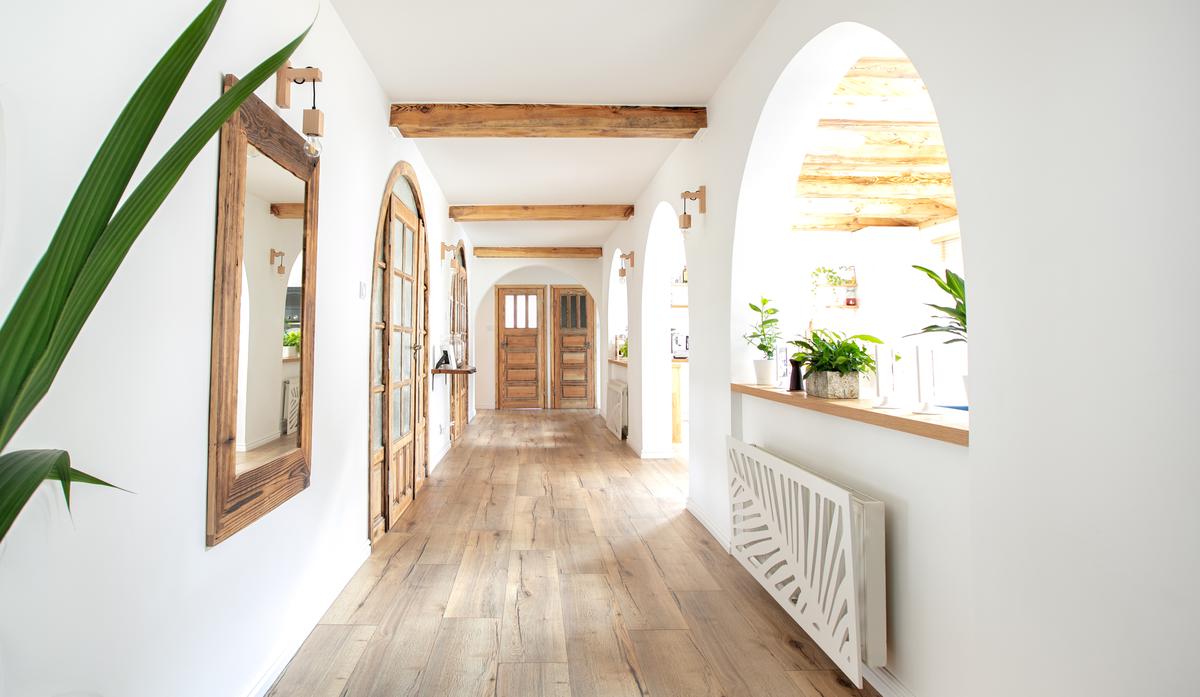
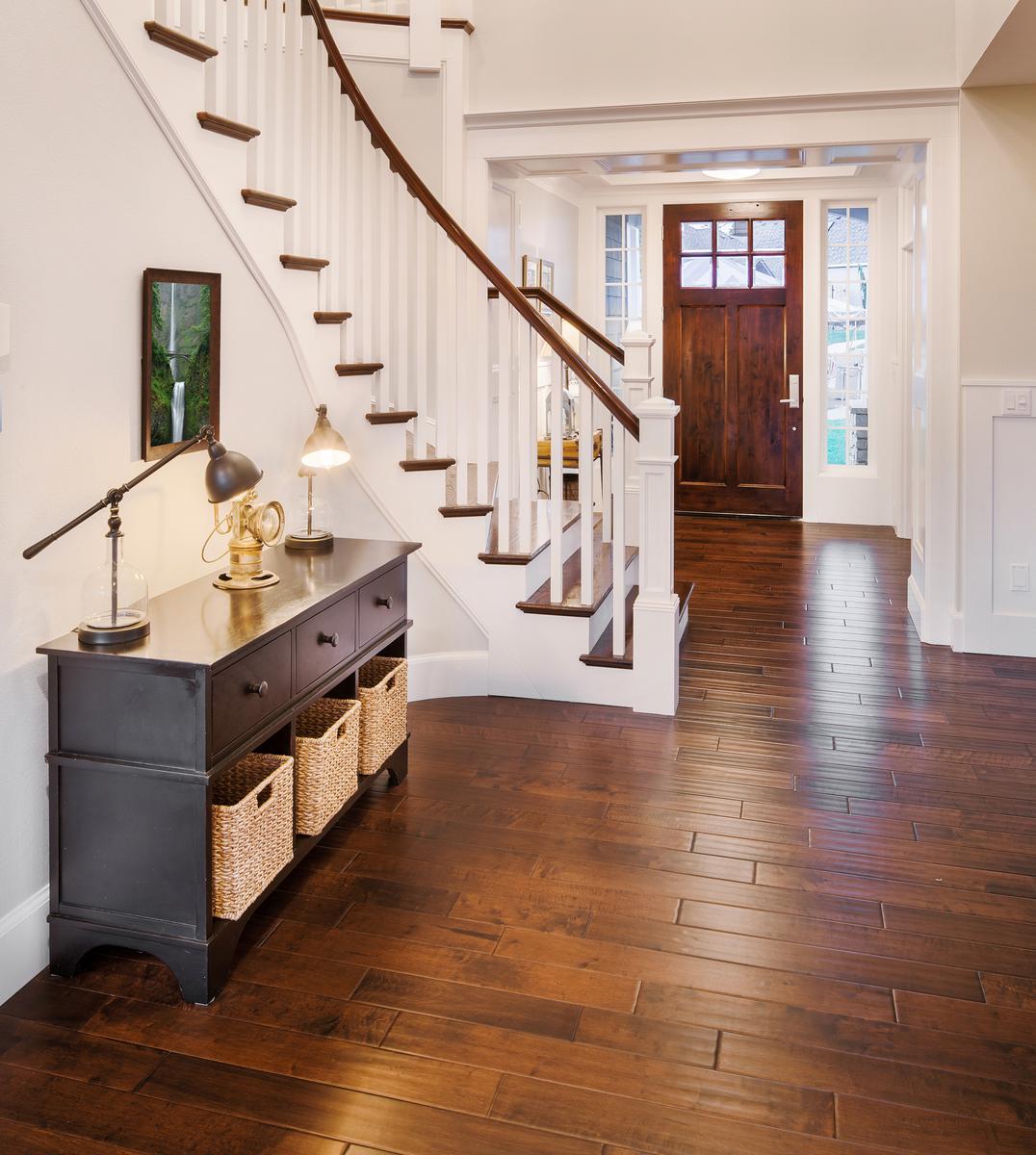
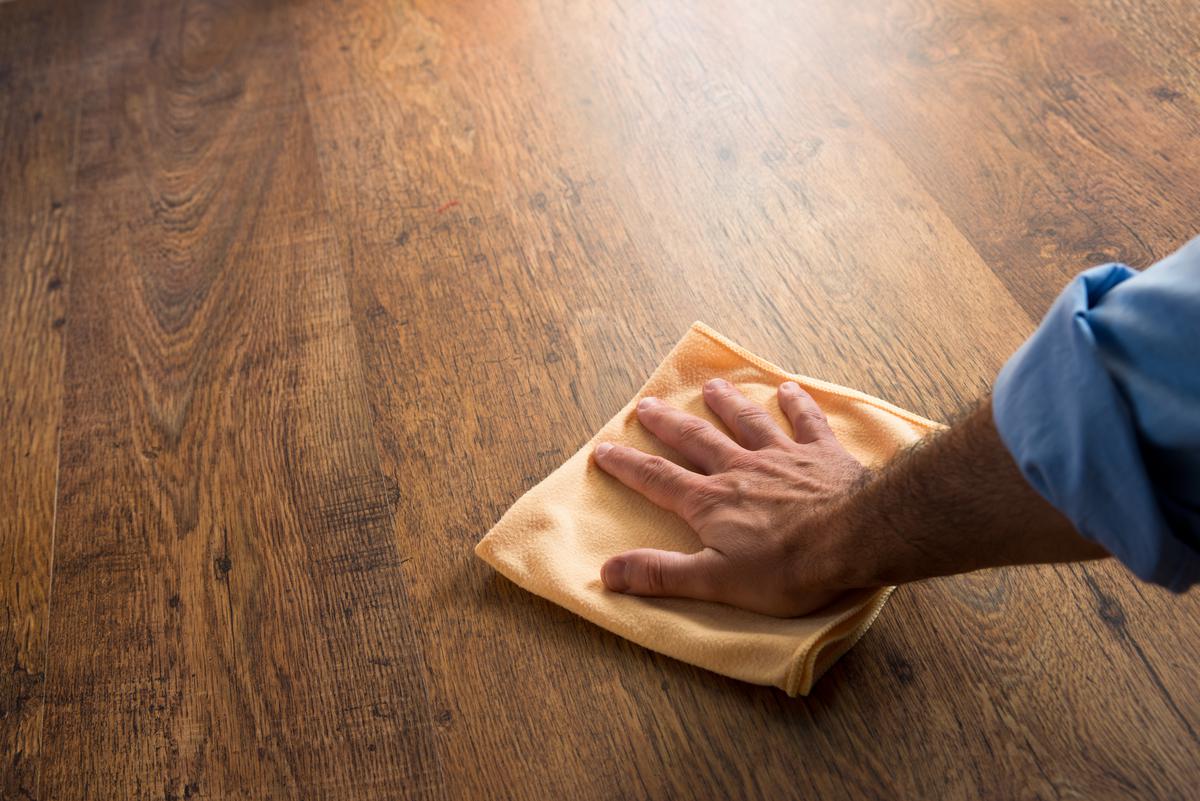
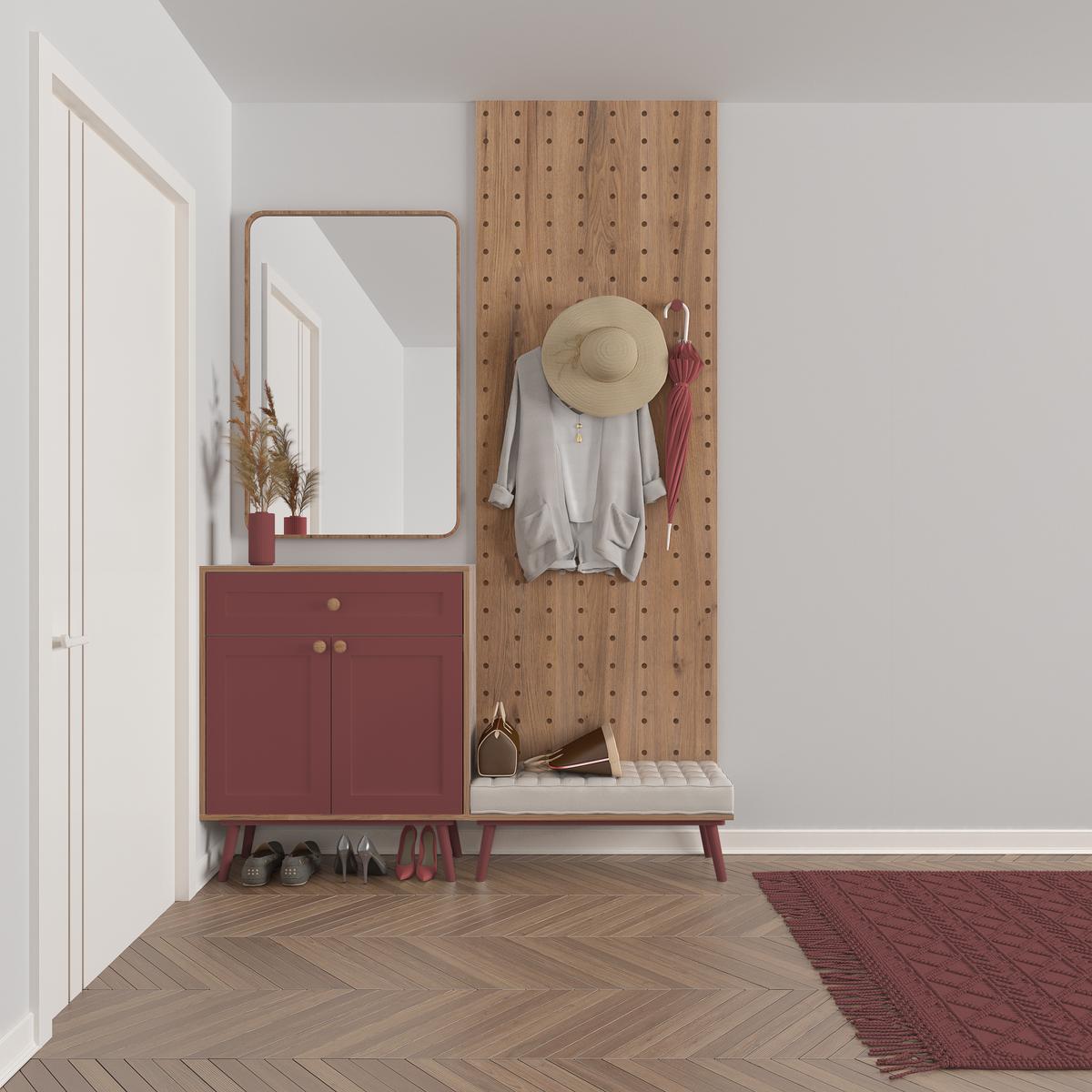
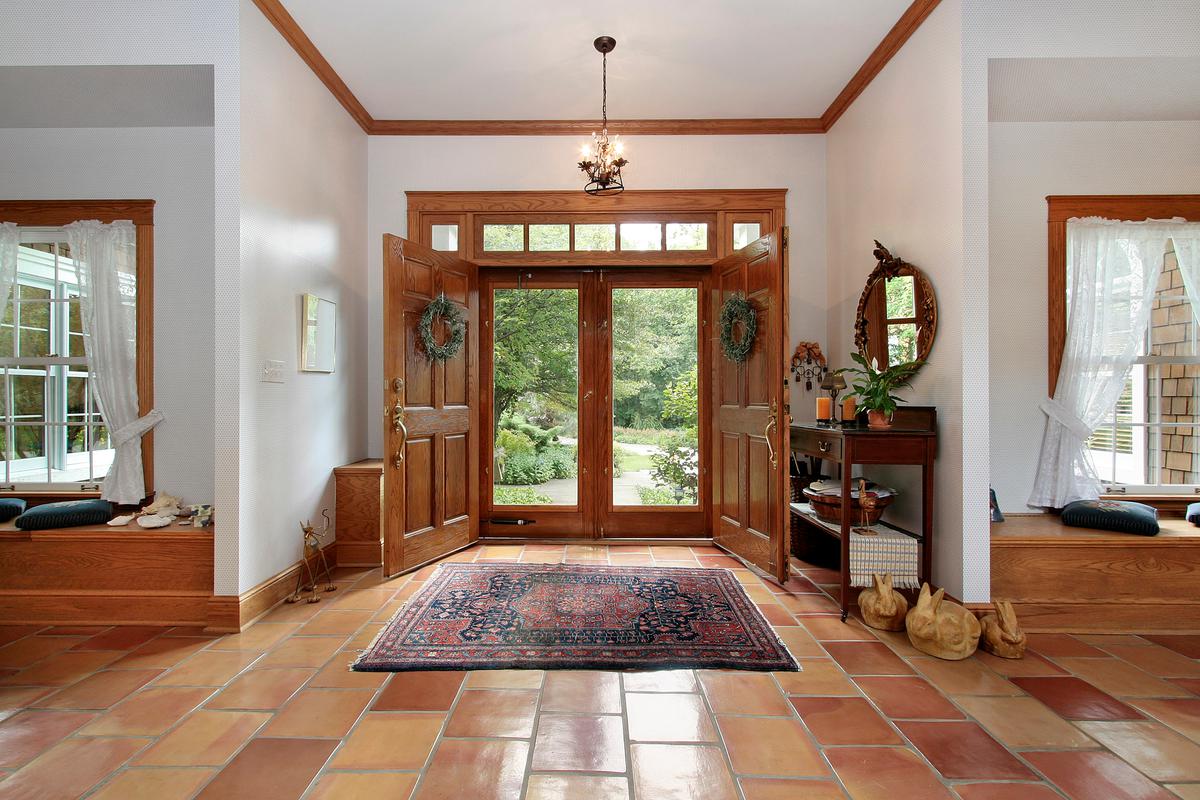
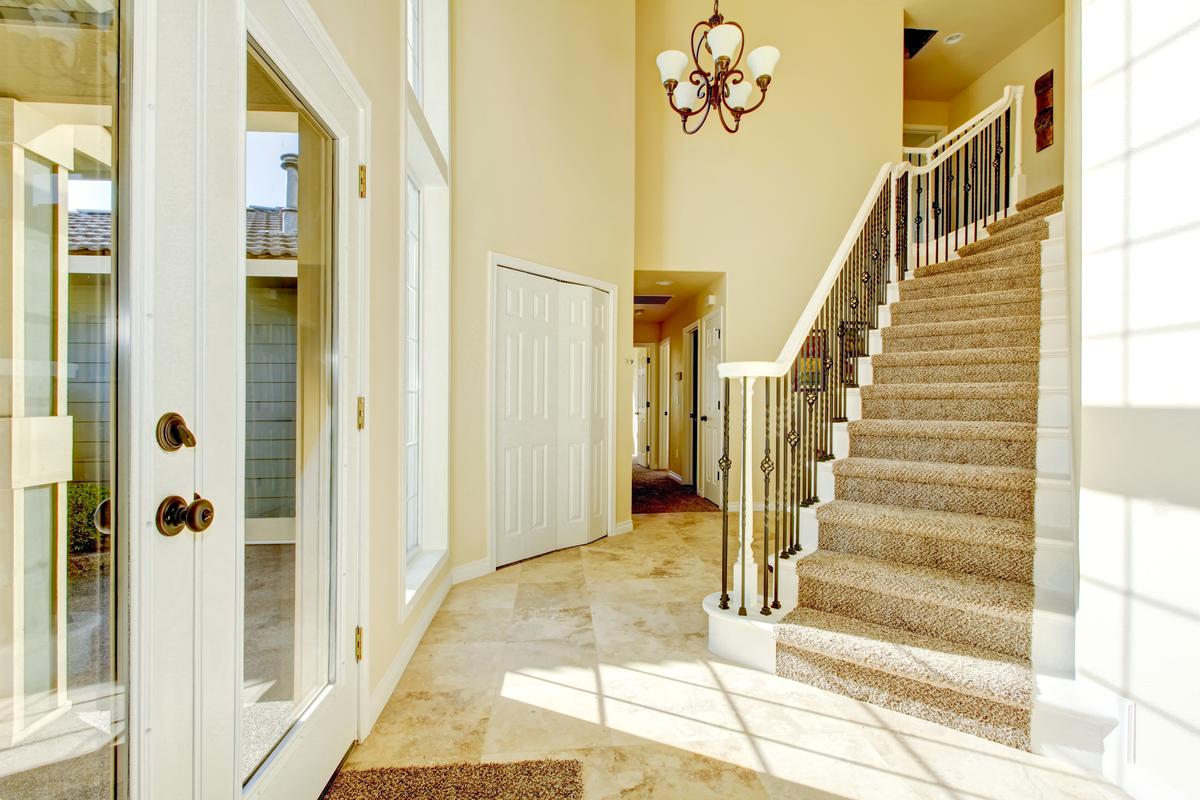
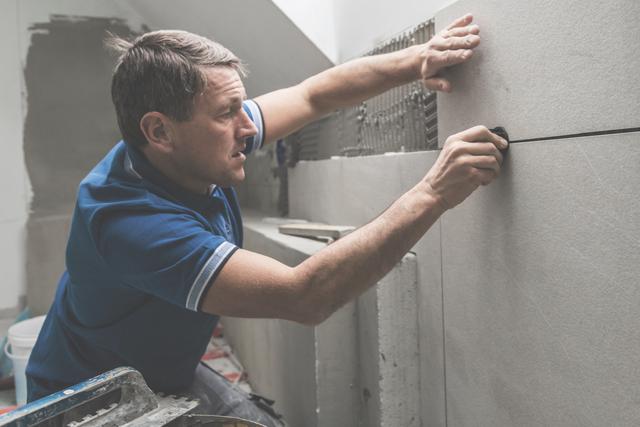
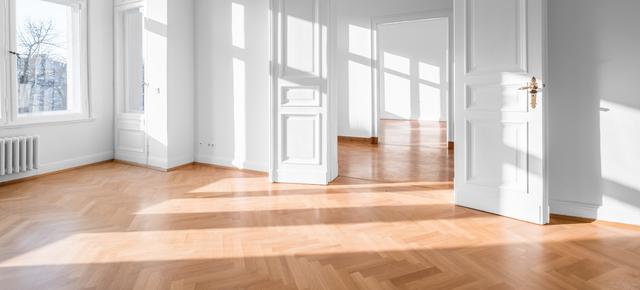
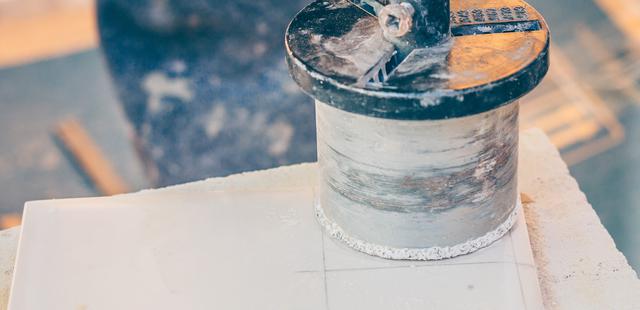

comments